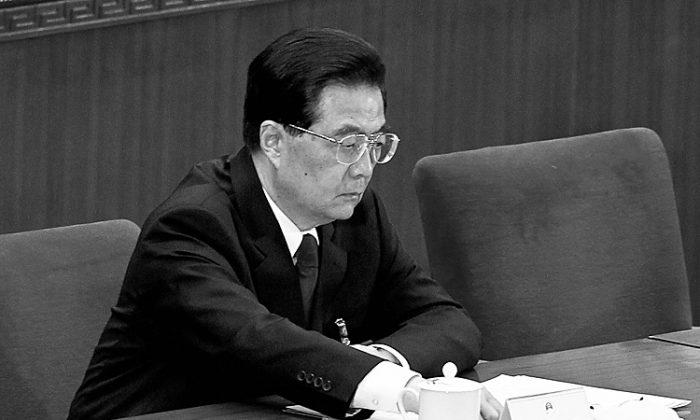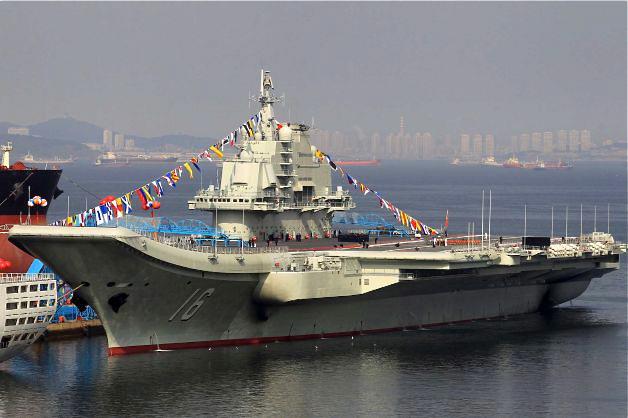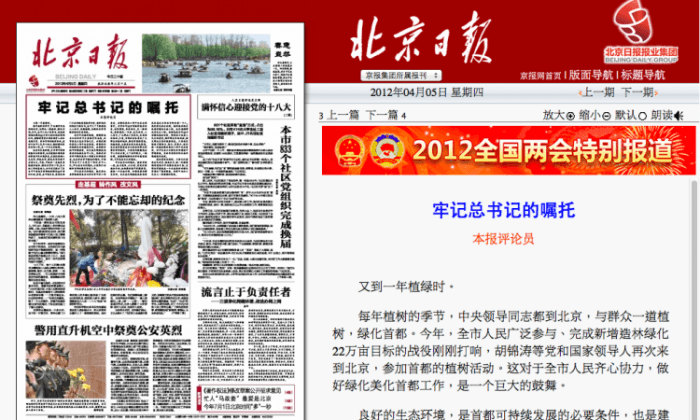The quality of China’s tap water was raised on World Water Day. Reports and statements by professionals all point to a drinking water crisis.
Despite a five-year period given water companies to comply with higher governmental sanitary standards for drinking water running out on July 1, 2012, pollution of drinking water and drinking water sources remain a serious issue in China.
Li Wei, secretary of China’s Environmental Protection Foundation (EPF), said that in 2007, 27.6 percent of China’s surface water quality fell into class 5, the lowest according to the Water Quality Index, making it basically unusable.
Li said the overall pollution level of China’s seven natural hydraulic systems was “medium,” based on the EPF’s River Pollution Index’s four categories--none, slight, medium, and serious.
According to China’s 2nd National Water Assessment report, 35.6 percent of drinking water in China is not drinkable.
Twenty-five percent of surface drinking water sources in 1,073 cities failed to meet the standard. Among the 115 underground drinking water sources, 35 percent did not qualify as drinking water.
Another problem is China’s outdated water purification method. Most water companies are using an outdated, hundred-years-old technology that consists of four processing steps: flocculation, precipitation, filtration and disinfection, the Economic Observer said.
Liu Wenjun, director of Drinking Water Safety Division at Tsinghua University, said China needs to adopt a more advanced [purification] system because of the serious water pollution.
Wang Qishan, professor at the college for Environmental Sciences and Engineering at Nankai University, agrees. “Water companies’ out-dated technology cannot remove organic matter and dissolved chemicals,” he said.
An employee at a water company told The Epoch Times that to prevent secondary contamination due to growth of microorganisms during shipping and storing, the water company has raised the residual chlorine concentration to 0.8 ppm and above. But this increases the chance of carcinogenic chemicals such as trihalomethanes forming. The national standard of residual chlorine in drinking water is 0.3 ppm and above.
Another worker at a water plant in southeastern China told The Epoch Times that over 60 kinds of chemicals are found in China’s drinking water. He said China’s ‘Sanitary Standards for Drinking Water’ directive only lists 15 chemicals for testing. Because of China’s water scarcity, as long as there is not any large scale acute poisoning caused by drinking water, the government does not want to halt the water supply and create a potential situation leading to social instability.
Read the original Chinese article.
Despite a five-year period given water companies to comply with higher governmental sanitary standards for drinking water running out on July 1, 2012, pollution of drinking water and drinking water sources remain a serious issue in China.
Li Wei, secretary of China’s Environmental Protection Foundation (EPF), said that in 2007, 27.6 percent of China’s surface water quality fell into class 5, the lowest according to the Water Quality Index, making it basically unusable.
Li said the overall pollution level of China’s seven natural hydraulic systems was “medium,” based on the EPF’s River Pollution Index’s four categories--none, slight, medium, and serious.
According to China’s 2nd National Water Assessment report, 35.6 percent of drinking water in China is not drinkable.
Twenty-five percent of surface drinking water sources in 1,073 cities failed to meet the standard. Among the 115 underground drinking water sources, 35 percent did not qualify as drinking water.
Another problem is China’s outdated water purification method. Most water companies are using an outdated, hundred-years-old technology that consists of four processing steps: flocculation, precipitation, filtration and disinfection, the Economic Observer said.
Liu Wenjun, director of Drinking Water Safety Division at Tsinghua University, said China needs to adopt a more advanced [purification] system because of the serious water pollution.
Wang Qishan, professor at the college for Environmental Sciences and Engineering at Nankai University, agrees. “Water companies’ out-dated technology cannot remove organic matter and dissolved chemicals,” he said.
An employee at a water company told The Epoch Times that to prevent secondary contamination due to growth of microorganisms during shipping and storing, the water company has raised the residual chlorine concentration to 0.8 ppm and above. But this increases the chance of carcinogenic chemicals such as trihalomethanes forming. The national standard of residual chlorine in drinking water is 0.3 ppm and above.
Another worker at a water plant in southeastern China told The Epoch Times that over 60 kinds of chemicals are found in China’s drinking water. He said China’s ‘Sanitary Standards for Drinking Water’ directive only lists 15 chemicals for testing. Because of China’s water scarcity, as long as there is not any large scale acute poisoning caused by drinking water, the government does not want to halt the water supply and create a potential situation leading to social instability.
Read the original Chinese article.





